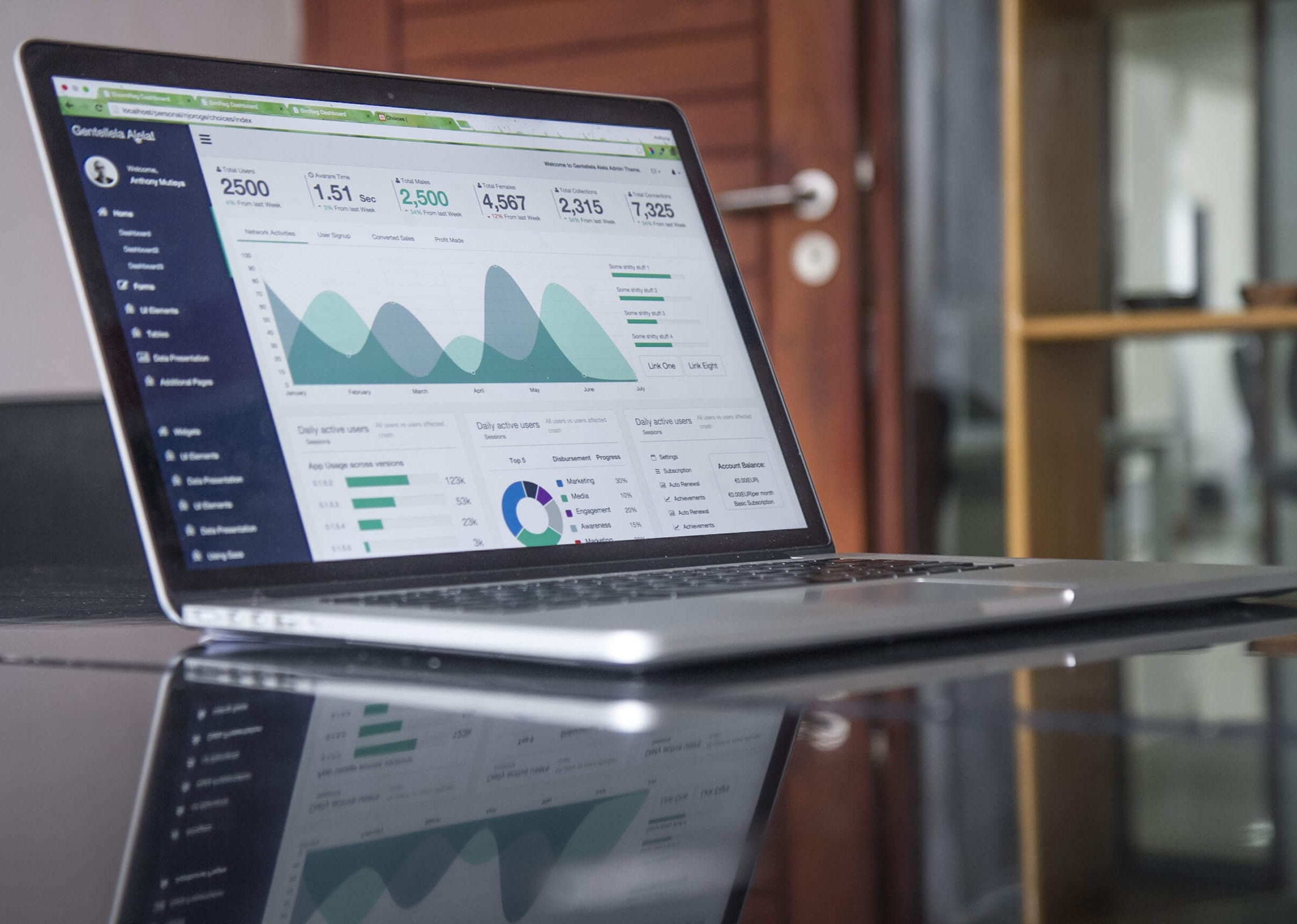Whenever we get a new thing: a gadget, new outfit, fresh pair of shoes or new piece of decor for the house, we quickly think of all the things it will bring to us. It will complete the outfit for Saturday night, be the perfect finishing touch on a space in our home, or we can show off with our newly updated phone. Maybe the item will provide those things, but one thing that we often don’t take into consideration is how your stuff might be holding you back.
I’ve asked myself this question many times throughout my minimalism journey, with three pivotal times in particular coming to mind. The first being when I spent weeks decluttering my grandparents home after their passing. It was an emotionally draining period and impacted me more than ever I imagined in terms of how I wanted to live my own life. The stuff they may have been bought with the intention to bring them joy, but there was so much of it and I am sure a lot of it they had forgotten they even had.
The second was when I first discovered Minimalism about three years ago which changed my relationship with stuff on a huge scale when I started to see how my own stuff had been holding me back rather than adding value to my life.
The third was a very recent occasions, the past few weeks in fact, as I assisted family downsize their possessions, ready for a big move. I watched how weeks turned into months of packing and decluttering, up until the last minute and how much of a strain it was on everyone involved.
These three occasions drastically opened my eyes to the the ways our stuff might be holding us back. Here at 9 ways how your stuff might be holding you back.
1. Not utilising your space how you want
When you own too much you are restricted physically by everything cluttering up your rooms and spaces. Cupboards, drawers and rooms are filled with excess stuff, most likely with things you either don’t need or don’t even know you still have. Spaces that could be better utilised for your enjoyment. When your dining table is covered with paperwork and who knows how many weeks washing that you can’t use it to eat a meal with your family. Your stuff may be holding you back when your spare room, which you would love to set up a play area for your kids or an office but you can’t because of everything currently being stored in there that you’re holding onto just in case.
When we have too much stuff we can’t be as intentional with our space. And so, by consequence we place limits on ourselves enjoying the space that we have and miss out on what the original intention of the space was.
2. Excess stuff can be detrimental to your mental well-being
You may not realise it and believe your stuff brings you immense happiness, but your stuff is most likely causing you stress and anxiety. There is the stress that hits you when you open a packed cupboard, where everything falls out in a mess. Stress when you can’t find something you need because nothing has a place and you can’t remember where you last left it. We’ve all been there. As well as stress that comes from paying for your impulse purchases and watching that debt spiral out of control. When something as simple as trying to cook dinner with clutter everywhere on your bench top is enough to add frustration on a daily basis.
Your stuff may be holding you back when with clutter, chaos, and debt. and all the weight that comes with those things. These are things we learn to live with over time, and can easily become the norm in our lives. We get used to our environment and don’t realise how much stress our excess stuff is causing us but over time they can impede our mental well-being.
3. We are consumed by our stuff.
Sometimes we are distracted from what is more important in life by our stuff. Instead of doing things that add value like learning a new skill, creating or volunteering we spend time maintaining and cleaning our excess stuff – the mountain of washing, the McMansion, or just standing in our bedroom trying to find an outfit we love.
Instead of spending the day with family and friends making memories, we are trapped inside a mall looking for the next bargain or fashion score to post on Instagram. When we let our stuff consume us and take priority in our lives we let our stuff hold us back.
4. When we put our stuff before relationships
Have you ever moved home to somewhere distant and not had the time to spend with loved ones before you leave? Did your stuff and packing consume all your free time leading up to your move date? Have you spent all your money on new outfits or something else you enjoy or maybe just bought on impulse, and had to say no to visiting family because you had no money left over. Or couldn’t pay your kids soccer registration because you didn’t plan ahead and kept spending. Do you work long hours to pay for the big house, with the fancy furniture and the latest cars but don’t have time to see your partner and kids? These are all examples of how your stuff might be holding you back from what you believe is important.
The next time you are at the shops or shopping online, ask yourself this:
‘If I spent less on _(insert you main spending vice here)_, how could I use the savings to better my life and relationships.
As minimalist blogger Courney Carver says choose love over stuff. You may find that when you focus on strengthening or building new and old relationships that there isn’t as big a void to fill with stuff anymore and most often your family would chose you over those other comforts.
5. When our stuff embarrasses us
Before I discovered minimalism I was mortified at the thought of having last minute visitors. At any given time we could have stuff all over our house and that wasn’t something I was prepared to share with anyone.
Your stuff may be holding you back too from living a full life. Maybe you have declined visitors to your home because your house was too messy and the thought of not having at least a few hours to clean, would cause you so much stress and embarrassment. So you miss out on the experience of having family or friends over. Or you might have even said no to your kids friend staying over because you are embarrassed by the clutter and want to avoid them and their parents seeing the state of your house. So your children miss out on the fun of a sleep over.
When we let our clutter dictate who we can and can’t have over we are held back by our stuff. Decluttering your home and paring down our stuff to the essentials, can make last minute tidying a breeze and unexpected visitors a joy rather than a source of embarrassment.
6. We we lose opportunities.
Our stuff can keep us from pursuing new opportunities. When we have too much stuff we can pass up life changing events. An opportunity to move interstate or overseas when a dream job opportunity comes up could be missed. If you’ve always dreamed of buying an RV so you can travel around Australia or wherever takes your fancy, you might again rule out that dream just thinking about the downsizing process that lay ahead. You’ve found the perfect apartment with amazing amenities in an ideal location but again you pass, knowing you need a 5 bedroom home to store all your stuff. Your stuff may be holding you back if you are saying no to things that you truly want to do.
Having stuff we love can add value to our lives, but when we prioritise our stuff, we can end up saying no to more important opportunities that arise and start putting our things above our happiness and dreams.
7. Wasted money
Let’s face it, looking back at what we buy a lot of it is unnecessary and wasted money. The amount being spent can go unnoticed year after year if it is not being monitored. We can often find ourselves spending money on things without intention that could have gone to more valuable pursuits such as paying off your mortgage early or investing for your retirement.
And without a plan in place to pay off debt, and plan for retirement it may seem like we have the extra cash to splash around. But unfortunately too many people realise too late how important it is to pay down debt, save and plan for the future – well before the future has arrived.
Of course we all want nice things and to enjoy the fruits of our labour, but before you hit the shops with your most recent pay cheque, move some of your cash to your savings and retirement accounts and give yourself the best of both world – Fun with a side of Financial Freedom.
8. When our stuff makes us lose valuable time
We often only look at the price tag of a new item, without giving a thought to the true costs Most importantly, our time. The more we buy the more time we are giving up. Let’s break it down. There is the time spent earning the money. Time spent researching a product or finding the perfect item. Shopping in store or online. The time spent unboxing your new purchase, setting it up or assembling it, washing it… you get the idea.
And that’s just getting the item ready for use. Soon we lose more time to maintaining an item, dusting or cleaning and repairing it. When we move home we spend more time packing and unpacking all those items. Each thing we bring into our house has an additional price on it not built into the cost and it is something we can never get back.
And then on top of all that lost time, we have lost that time to more important uses. Our time opportunity cost. Less time to spend with family, less time to learn a new skill or partake in a new hobby and less down time to enjoy our weekend.
9. The stress and burden on others
We shouldn’t forget the stress on family when it comes to our stuff. As I touched on above, when I was 25 my family and I had to prepare my grandparents homes for sale. It took us many weekends and many skip bins to get through their stuff. It’s really not something I want to do again (take note parents ;)) and certainly something I don’t want to burden others with one day. Of course we all will have things, but we should do our best to minimise them so our family are not burdened and forced to spend weeks and weeks on a painfully emotional process.
If you have adult children, keep them in mind when taking on more clutter. Don’t buying things unnecessarily and leave them the burden of clearing out your excess, particularly if you live far away. It will not only be emotionally painful for your family, but a huge time commitment which is difficult for people with full-time jobs and young family’s.
Do your loved ones a favour and review your stuff as you bring new items in. Decide what is important to you and what isn’t and do it whilst you have your health. It’s not going to be any less stressful or easier when you are approaching your 70s or 80s. Not to mention your kids will feel a lot better knowing that you have minimised and taken a load off their minds.
The stress may also just be in relation to your partner or children’s stuff being everywhere. If it is in excess and unable to be maintained in a tidy fashion it can cause additional stress, particularly for people that need a clean space to relax in. When we have too much stuff it can really impact our loved ones and cause them unhappiness, and no stuff is worth that. The next time your partner gets frustrated by your stuff, do them a favour and review what you no longer need. I guarantee it will make there day 🙂
This weeks comment question: How has your stuff held you back over the years? Have you missed out on doing things financially or following dreams? Let me know in the comments 🙂
[Photo: Juan Cruz Mountford]
If you found value in this post I would be super appreciative if you could share it with others who might also find value in it 🙂
![]()








